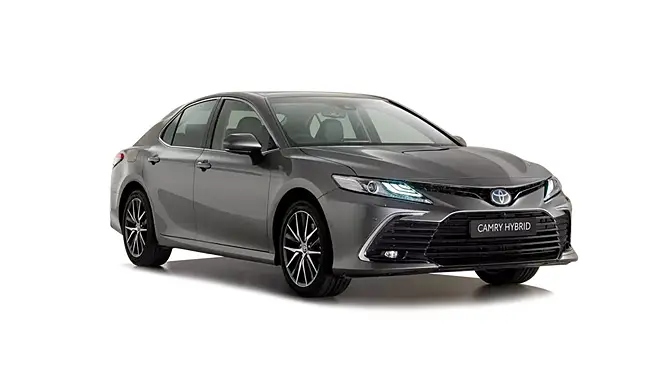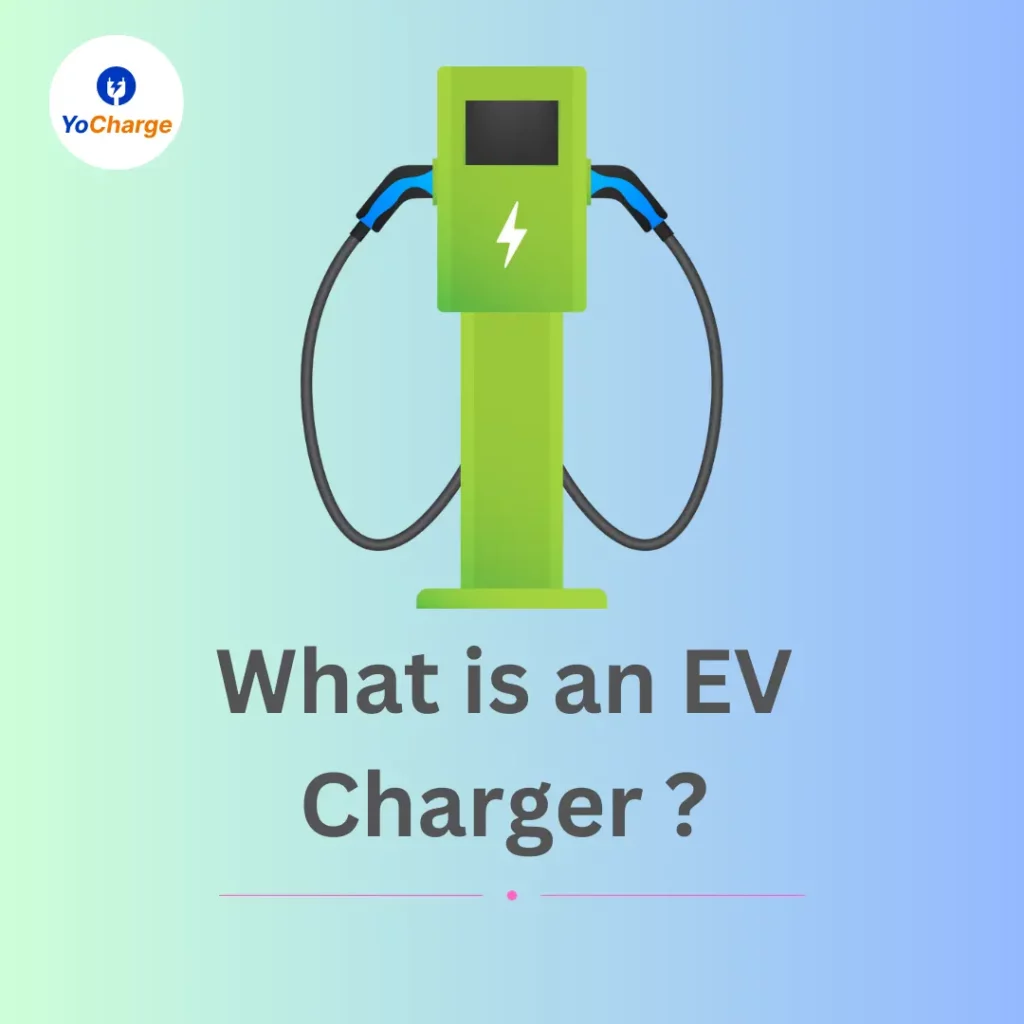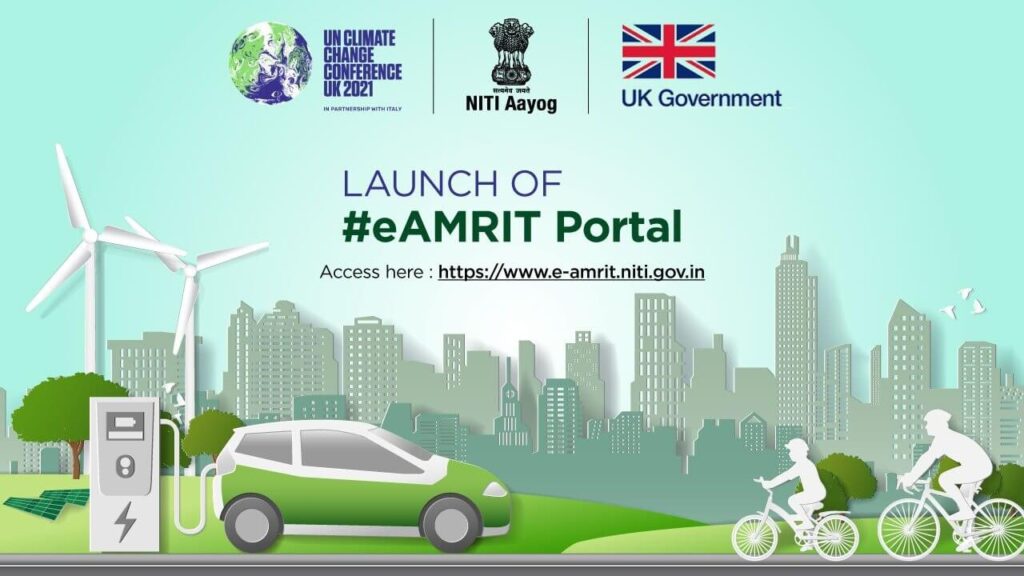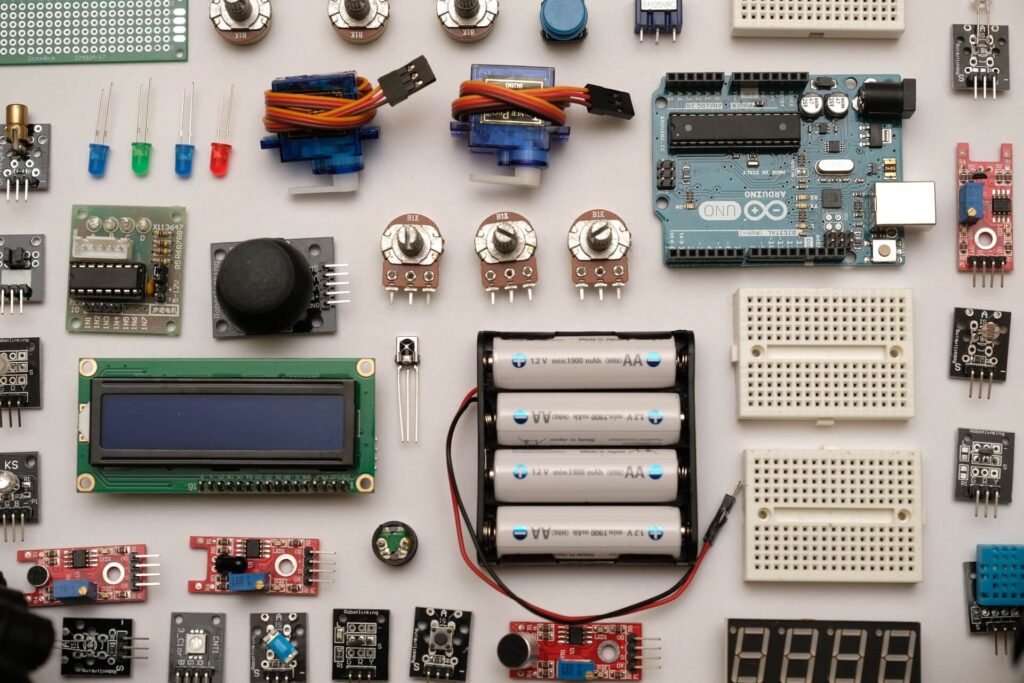The increased air pollution and the necessary switch to more greener fuel is encouraging the adoption of smart hybrid cars. As the name suggests smart hybrid cars works on the combination both ICE engine and electric motor. Let us discuss in detail about Smart Hybrid Electric Cars.
Hybrid cars
An internal combustion engine and one or more electric motors (which consume energy stored in batteries), work together to power hybrid electric cars. The battery of a hybrid electric car cannot be charged by plugging it in. Instead, the internal combustion engine and regenerative braking are used to charge the battery.
Additionally, the battery can reduce engine idling when stopped and it can also be used to power auxiliary loads. These features work together to improve fuel efficiency without compromising performance. In order to combine the engine and motor’s power as efficiently as possible, hybrid cars are built to detect when the driver wants to accelerate.
Therefore, the car only uses the motor while the driver travels at a low pace while signaling a start. Additionally, the car uses more fuel when the driver accelerates or when going up a steep incline. By converting the motor’s remaining kinetic energy, which is left over after acceleration, braking, or downhill travel, high-voltage batteries can also be charged. Since the engine’s generator and regenerative braking are sufficient to replenish the battery, a hybrid vehicle does not require further charging.
Advantages
- Lower emissions: In contrast to internal combustion engines, hybrid cars use both internal combustion and electric motors. As a result, emissions are reduced, and the process is environmentally friendly.
- Increased engine efficiency: Since the hybrid vehicle has an electric motor, engines are not required to power it the car alone. This makes, the petrol engines utilized in hybrid vehicles are more compact and fuel-efficient. The torque assist function supplements the engine’s power during acceleration, reducing the stress on the engine.
- Reduced dependency on fossil fuels: Additional power is available when the primary petrol engine is supported by an electric motor. There is consequently less dependency on fossil fuel.
- Regenerative braking: In a hybrid car, the electric generator produces electricity and recharges the battery every time the brake is used. As a result, there is no need charge the battery separately.
Disadvantages
- Engine performance lower than that of conventional cars: Since the primary goal of a hybrid vehicle is to increase its fuel efficiency or range, its power or acceleration may be less than that of a vehicle powered by an internal combustion engine.
- Higher maintenance costs: Due to the numerous mechanical components and two sets of engines that power hybrid vehicles, maintenance costs are higher than conventional cars. Additionally, not all mechanics are qualified to fix hybrid vehicles.
- Expensive: The hybrid cars comes with a much higher market cost and the battery replacement is also costly.
Main components of a hybrid car
- Internal Combustion engine: The internal combustion engine is the major component that powers the car. Fuel is fed into the combustion chamber or the intake manifold, where it mixes with air. The air/fuel mixture is then ignited by the spark from a spark plug.
- Electric Traction Motor: This motor drives the wheels of the vehicle by drawing energy from the traction battery pack.
- Electric generator: The electric generator when braking, produces electricity from the spinning wheels and sends it back to the traction battery pack. Some cars use motor generators that serve as both drives and regenerators.
- Traction battery pack: The traction battery pack charges through the electric generator while also storing electricity to run the electric motors.
Types of hybrid cars
- Parallel Hybrid: The parallel hybrid powers the car using both internal combustion and electric engines. They can operate simultaneously or one can be utilized as the main power source, with the other stepping in when additional power is needed, such as when climbing a hill or overtaking another car, etc. Since both power sources are connected in parallel to the gearbox or transmission, they are referred to as “parallel” power sources.
- Series Hybrid: In addition to the electric motor, the Series Hybrid uses a internal combustion engine. The car’s internal combustion engine, however, only produces electricity to power the battery pack and does propel the vehicle itself.
- Plug-in Hybrid: The Plug-in Hybrid enhances the conventional hybrid vehicle, with a significantly larger battery pack that needs to be charged. Similar to an electric car, it typically charges the battery pack using a 110-volt electrical outlet. The Plug-in Hybrid car’s fuel efficiency has significantly increased because it does not depend on the internal combustion engine and may be operated after being fully charged.
- Two-Mode Hybrid: This hybrid design type functions in two different modes. On the first mode, it functions exactly like a standard hybrid card. In the second mode, the design can change to satisfy various engine requirements for a variety of vehicle operations.
- Mild-Hybrid: In this type of hybrid, the electric motor works with the petrol engine to enhance performance, increase fuel efficiency, or both. It also serves as a starter for the automatic start/stop feature, which turns the engine off when the car comes to a stop and saves fuel in the process.
Hybrid cars available in India

Maruti Brezza

Maruti Suzuki Ertiga

Maruti Suzuki XL6



